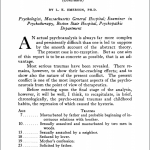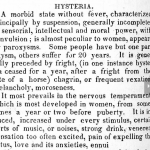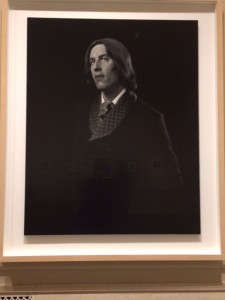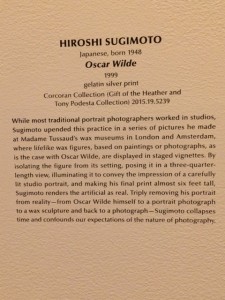http://vqa.dickinson.edu/poem/mermaid
The voice of “The Mermaid” is a young female mermaid that appears to contemplate loneliness and long for love, mostly out of her own vanity. In the second stanza she is represented by a beautiful fountain and she describes a “great sea-snake” which seeks her “around the hall.” These lines create a metaphor for sex in which the sea-snake is a phallic object that represents the male positive and the hall represents the female negative. The sea snake being stopped at the gate is the mermaid’s rejection of the men that offer themselves to her for marriage, and they “feel their immortality die.” Tennyson may use mermaids and mermen to tell a story or love, sexuality, and lust because they are not human and therefore they may not have to fall within the acceptable expressions of human sexuality, although he is still discrete. The idea of immortality could suggest that the mer-people are more likely to experience multiple sexual relationships because they are not bounded by the concept of ‘till death do us part’ in the institution of marriage within human society.
The mermaid relies on her beauty to attract mermen and she is very flirtatious. She tells of her time playing with the mermen and running to and fro and playing hide and seek. She purposefully attracts these men and seems to use them for her entertainment even though she knows she does not love them and will not marry them. This seems to suggest that she is not engaging in simple innocent games with the mermen, but perhaps engaging in what could be regarded as early stages of courtship or even sexual activities. She knows they will flatter her, which satisfies her vanity and her need to be admired. Yet, she chooses to marry the king of the mermen. Even though she does possess a love that she wishes to reserve for one individual, the act of engaging other mermen for personal satisfaction with no intention of reciprocation indicates a version of the femme fatale. The mermaid does not literally kill or trap the mermen, but she does intentionally take advantage of them and allow them to suffer to love her. In the end, the mermaid even suggests that all of those above her look down for the love of her which may include human men sailing above her. This is consistent with the legends of sirens which attract human men and lead them to their deaths. This poem creates ideas of love and sexuality that on the surface may parallel Victorian traditions of marriage, but the mermaid holds far more power over her sexuality and her marital relations than most Victorian women could exercise.




